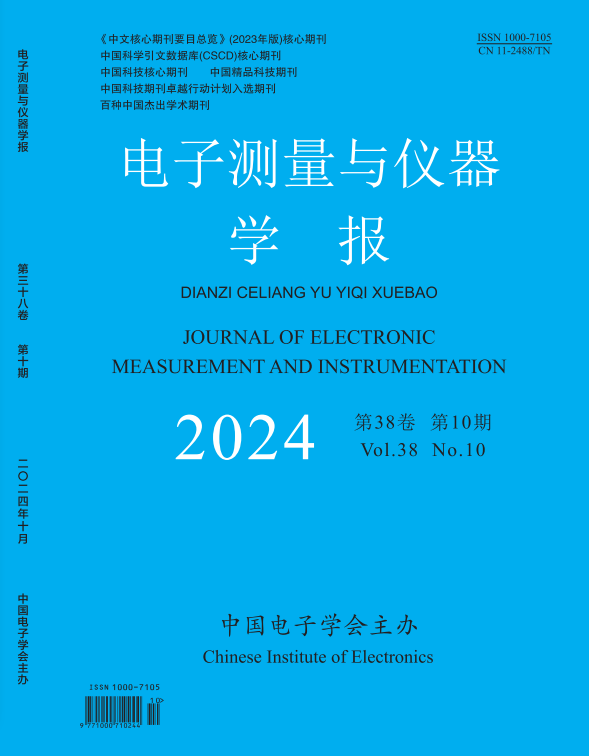2024, 38(6):241-252.
Abstract:The traditional point cloud registration algorithm achieves corresponding point pairing through features between two-point cloud datasets. This method requires point clouds to possess distinct features, yet it suffers from issues such as high computational complexity, long matching time, and low registration accuracy. Although the ICP algorithm is widely used, it is sensitive to initial values. To address these challenges, we propose a multi-view point cloud registration method based on pose parameter estimation (PPE-ICP). Firstly, by analyzing the distribution characteristics of errors, we demonstrate the existence of error minima. The A* search algorithm is then employed to locate these minima, reducing the impact of error propagation and providing improved initial values for subsequent parameter estimation. Secondly, we introduce total least squares estimation into point cloud registration, which, without relying on point cloud data, utilizes a limited number of reference points to obtain the transformation matrix from the target coordinate system to the Northeast-Up (ENU) coordinate system. This accomplishes point cloud pose correction, and in combination with the Iterative Closest Point (ICP) algorithm, achieves precise point cloud registration. Comparative experiments were conducted with five methods: FGR-ICP, FPFH-ICP, NDT-ICP, RANSAC-TrICP, and KSS-ICP, using both publicly available datasets and point clouds collected from a self-made experimental setup. When dealing with a point cloud dataset of 20 000 points, our PPE-ICP achieves registration in just 6.55 seconds, significantly reducing the time cost for point cloud registration with large datasets. In field applications, the maximum translation error is less than 0.03 m, and the rotation error is controlled within 0.07°. The experimental results demonstrate that PPE-ICP exhibits strong robustness against similar transformations, incomplete point clouds, and low repetition rates, achieving high registration efficiency and accuracy in multi-view point cloud registration.
